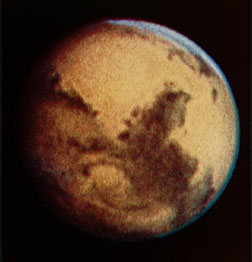This image was taken by the Hubble Space Telescope.
Click on image for full size
Courtesy of NASA
Discovery of Mars
Mars is a bright, red object in the sky. It is very easy to see, which means that even people that lived long ago knew it was there. So, we don't know who discovered it. We do know it was named after the Roman god of war.
A scientist named Giovanni Schiaparelli saw many long lines on Mars. He thought they were water canals made by creatures! Later we sent spacecraft to Mars to study it.
Mariner 9 was the first to orbit Mars. It took lots of pictures of volcanoes and craters. It even found Olympus Mons, a giant volcano! The Viking I and II spacecrafts landed on Mars and studied rocks and the soil. Even today the Mars Global Surveyor is mapping the planet!
You might also be interested in:

How did life evolve on Earth? The answer to this question can help us understand our past and prepare for our future. Although evolution provides credible and reliable answers, polls show that many people turn away from science, seeking other explanations with which they are more comfortable.
...more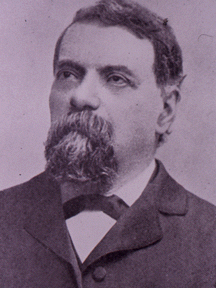
Gioavanni Schiaparelli was an Italian astronomer who lived between 1835-1910. He noticed that there were straight lines on the surface of planet Mars which formed a pattern, and called them canals. This
...more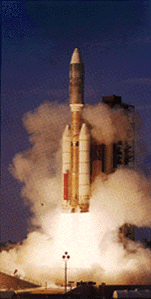
The Viking missions to Mars were part of a series of U.S. efforts to explore and better understand the red planet. Each of the two Viking spacecrafts consisted of an orbiter and lander. The landers were
...more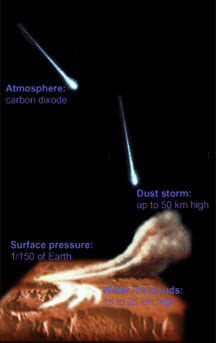
The atmosphere of Mars is much thinner than that of Earth, with a surface pressure averaging 1/100th that at the surface of the Earth. Surface temperatures range from -113oC at the winter pole to 0oC
...more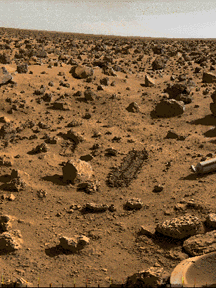
The uniquely red global surface of Mars is marked by many interesting features - some like those on the Earth and others strangely different. The reddish color is caused by rust (iron oxide) in the soil.
...more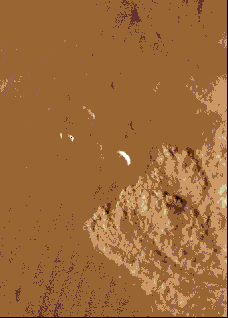
This image shows a local dust storm near the edge of the south polar cap. Viewing of this image at high resolution is recommended. This fascinating image shows dust swirling over a large area. Martian
...more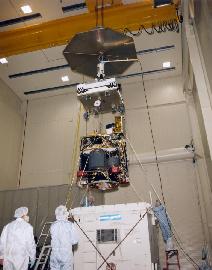
The Mars '98 mission was made of two spacecraft called the Mars Climate Orbiter and the Mars Polar Lander. The Orbiter was going to orbit Mars and search for water. The Lander was supposed to land near
...more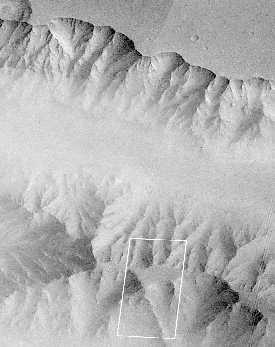
The mission of Mars Global Surveyor (MGS for short) is to map the surface of Mars from space. MGS is also looking at the atmosphere of Mars and the weather of Mars. MGS and the Mars Pathfinder (MPF for
...more


